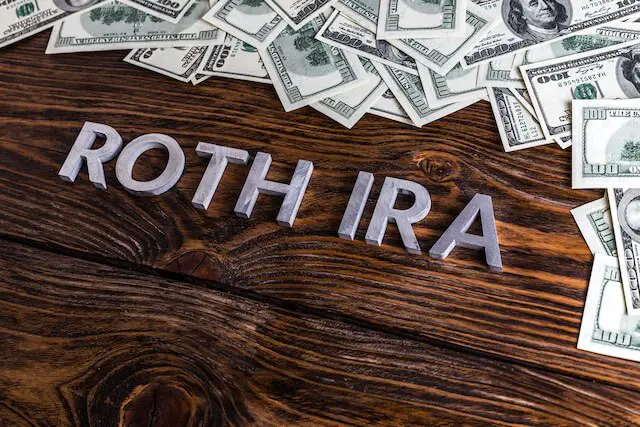The Roth TSP is not the only Roth option available to federal employees; there is also the Roth IRA.
Although the Roth IRA and Roth TSP function similarly for tax purposes, in both instances you pay tax on contributions going into the account so that the distributions from the account will be tax free.
The Roth IRA is governed by IRS Publication 590, which applies a different set of rules than the Employee Retirement Income Security Act (ERISA) rules that govern the Roth TSP. Thus, the contribution and distribution rules for the two types of Roth accounts are different.
Tax-Free Distributions
For many federal employees, there are advantages to a Roth IRA. Like all Roth accounts, they offer tax-free growth and distribution if certain requirements are met.
Generally, you must be 59 and a half years old and have held the account for at least five years before you can take distributions without paying tax or penalty on the gain.
Another advantage of the Roth IRA is that it allows you access to the basis, which consists of your contributions to the account, immediately without penalty or further tax.
Access to the basis without penalty can be important if you need funds for any reason. If you suffer a medical emergency, need to make a major purchase, want to pay for your children’s tuition, or have any other emergency need for cash, you can draw from your Roth IRA basis without tax or penalty. You don’t have to wait five years to avoid a penalty or further tax, as long as you draw the basis only, not the gain.
By contrast, the Roth TSP can only be accessed when certain age requirements are met. For more on how to access the Roth TSP, see When Can I Make TSP Withdrawals?
No Required Minimum Distributions
Another reason why Roth IRA may be right for you is that it is not subject to Required Minimum Distributions (RMDs) such as those seen with the Roth TSP. That makes Roth IRA a great option for people who may not need to withdraw funds from the Roth account every year.
Note that due to the CARES Act, RMDs are suspended for 2020.
Not having to draw from the account every year boosts the Roth IRA’s standing as a choice for legacy planning. If your goal is to leave an inheritance to your family, it may be wise to speak with a financial professional about the benefits of Roth. It’s important to note that the account will have to be drawn down within ten years if left to a non-spouse beneficiary — with a few exceptions — once the account is inherited, but generally it is all tax free!
Contribution Limits
When it comes to IRAs, there are both contribution and income limits.
The IRA contribution limit for 2020 is an annual amount of $6,000 for those younger than 50. Those ages 50 or older can contribute $7,000 annually. Note that this is the contribution limit for total IRA contributions. In other words, for those younger than 50, the limit that one can contribute to an IRA is $6,000, whether Roth, traditional or some combination of the two. Note that the IRA contribution limits are different and significantly lower than the TSP contribution limits.
2020 Annual Contribution Limits
IRA
- Under 50: $6,000
- 50 and older: $7,000
TSP
- Under 50: $19,500
- 50 and older: $26,000
Roth IRAs also have income limits restricting those who can contribute. According to the rules for 2020, single people earning more than $139,000 and married couples filing jointly who earn more than $206,000 are not eligible to contribute to a Roth IRA at all.
Flexibility and Control
There are various reasons why Roth IRA is attractive to many people. It can provide greater control and flexibility over tax-advantaged savings. There is no reason not to investigate why a Roth IRA may be right for you.
Disclosure: The information contained in these blogs should not be used in any actual transaction without the advice and guidance of a tax or financial professional who is familiar with all the relevant facts. The information contained here is general in nature and is not intended as legal, tax or investment advice. Furthermore, the information contained herein may not be applicable to or suitable for the individuals’ specific circumstances or needs and may require consideration of other matters. RBI is not a broker-dealer, investment advisory firm, insurance company, or agency and does not provide investment or insurance-related advice or recommendations. Brandon Christy, President of RBI, is also president of Christy Capital Management, Inc. (CCM), a registered investment advisor.



